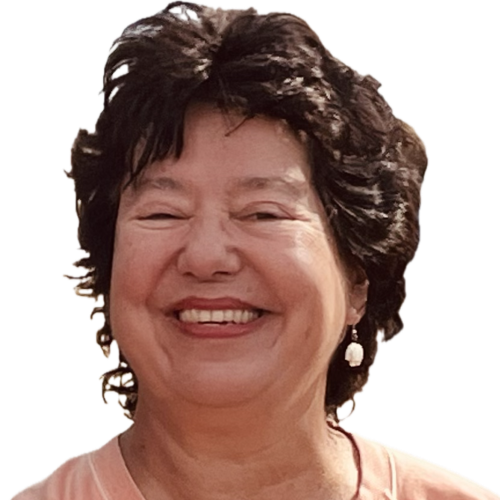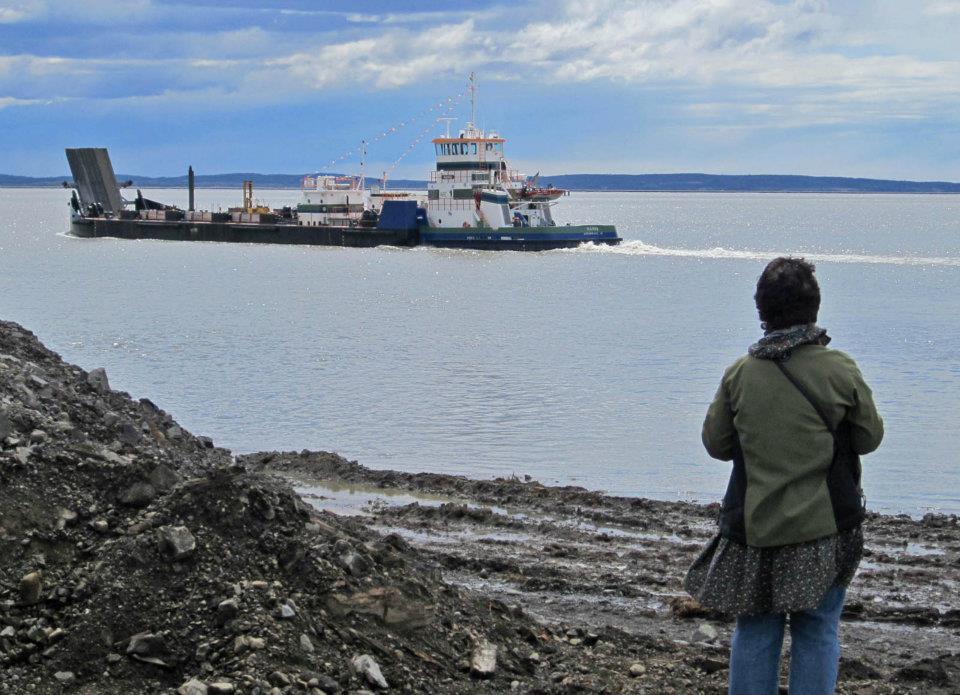To be the best utility: Reflections from former AVEC president and CEO, Meera Kohler
Editor's Note: Providing reliable power service to rural Alaska faces many geographic and economic challenges unique to the far North, including: vulnerabilities to supply chain disruptions, the high and fluctuating cost of diesel fuel, relative inaccessibility to parts and specialized labor, and limited resources to name a few. AVEC, however, has been successful in addressing these challenges through innovative organizational solutions as well as the early adoption of new technologies. Many of these solutions were wrought by former AVEC president and CEO, Meera Kohler, who’s story is included in the forthcoming UA Press publication Alaska’s Energy Innovators. Below is an excerpt of her story.

Meera Kohler, former AVEC president and CEO
By: Meera Kohler
October 11, 2024
I came to Alaska in early 1976. I grew up in India – I’m half-Indian, half-German – and when I was in graduate school in India, I fell in love with a Peace Corps volunteer who happened to come from Alaska. To make a long story short, we got engaged and he was determined that I needed to at least see Alaska before we settled down somewhere to raise a family. So I came over from India to Alaska on a fiancé visa. I obviously decided to stay.
I had an MBA and was pretty good at accounting, a skill which became handy as I ultimately entered the business of working for small electric utilities in Alaska. I started in Cordova, then Naknek, then Anchorage and finally ended up at the Alaska Village Electric Cooperative (AVEC). AVEC is the largest rural electric utility, serving about 35% of rural Alaskans.
Ever since it was established in 1967 to serve the remote, non-electrified corners of rural Alaska, AVEC had been operating more or less on a shoestring budget. There was not a lot of federal or state grant funding available, just little bits and pieces – a few hundred thousand here and a few hundred thousand there. There wasn’t enough to do the major upgrades or renovations that were needed in many AVEC communities.
Coast Guard inspections revealed most rural electric systems facilities were in terrible shape, including AVEC communities. Leaking fuel storage facilities were dotted across the state and the utilities needed over a billion dollars in upgrades. We were asked to put together a list of “shovel-ready” AVEC projects for the newly created Denali Commission, which was created by the late powerful senator Ted Stevens.
We cobbled together a list of about $27 million for underground-to-overhead power line conversions, replacements of fuel pipelines, the building of three or four tank farms as well as additional power plants. We carved it up into priority one, priority two, and priority three categories, never expecting we’d get more than a few million dollars. And then bingo, we got it all!
AVEC Plows Forward with Upgrades
The task in front of us was enormous. There were dozens of power plants to deal with, and everybody had their own specific issues they wanted to address. But we got it pretty well organized to the point where we were doing annual assessments of each of the AVEC communities to prioritize essential improvements.
For decades there was also great interest in how to reduce fuel costs by integrating renewable energy resources into these small community microgrids. We had a key partnership with Kotzebue Electric Association (KEA) in putting up two of the early AOC – Atlantic Orient Corporation – 66 kilowatt wind turbines in Wales, a very small community in Norton Sound. Shortly after the wind turbines were installed, we started to have issues with winter icing on the blades and freezing brake tips. We then had to deal with all the bankruptcies that AOC and its successors went through.
We had better luck with another small wind turbine manufacturer: Northern Power Systems, from Vermont. They built wind turbines rated at 100 kilowatts. AVEC ultimately became their best customer. We wound up putting the NPS 100s in six or eight communities. But then the company too ran into difficulties. Like Kotzebue, we then turned to larger wind turbines such as EWTs in Bethel and St. Mary’s. We also provided some of our own technology to assist with integration around 2019. We worked with the Alaska Center for Energy and Power (ACEP) to design what we called a grid bridge – not a battery energy storage system per se – but a bridge to give you an immediate 90 seconds of power to fill in the gaps when the wind resource dropped off and before the diesel generators could kick in.
Beyond wind, we also did some small solar projects, 20 or 30 kilowatts in size. Ingemar Mathiasson, energy manager for the Northwest Arctic Borough, is promoting larger solar/battery hybrid systems. We’re supportive of that technology. The Borough was able to access more grant sources than AVEC, so we entered into an independent power producer (IPP) arrangement with them to buy their power. As a result, we are able to run in diesel-off mode in Shungnak for at least parts of the year.
Shungnak is one of our more expensive communities within AVEC. I’d like to see that same solar/battery IPP model go into Ambler and Noatak as well, because we’ve had to fly 75%+ of the diesel fuel into those communities, which really increases the cost. You’re paying $8-9 per gallon to fly in diesel fuel, which makes the fuel cost component 50+ cents a kWh.

Meera Kohler watches as the Naniq heads for deeper water.
One innovation I am particularly proud of was our investment in two sets of twin tug-and-barge fuel delivery vessels which were designed by a newly formed company called Vitus Marine LLC - a company created by local veteran mariners – specifically for Alaska’s diverse and remote geographical conditions. Fuel delivery problems in Alaska made the international news in 2011 after a massive storm stopped traditional fuel delivery methods to Nome due to ice. Vitus chartered a Russian tanker to cut through the ice to deliver 1.6 million gallons of fuel just before the onset of the frigid winter season. The investments by AVEC into its own vessels was originally estimated to save its members at least $2.5 million over a decade, but it has been saving AVEC more than a half million dollars annually.
Looking Back While Moving Forward
I retired from AVEC at the end of January 2021. What I’m proudest of over my tenure at AVEC is the legacy of good people and the respect and care that they have for our communities and our community members. That is reciprocated, for the most part, and leads to much better outcomes for everything. There’s a sense of community engagement and ownership that allows projects to move forward. In a way, every one of the projects AVEC pursued during my tenure was my pet, at some point in my life. And I was proud of all of them. And then things change and you have to move on and face the fact that it’s got warts, and in some cases, maybe a club foot. That happens.
I can honestly say that not a single day went by when I was not grateful to be a part of this wonderful organization. We were more than an electric utility; we were a family of board members, staff and members. Everyone has the same goal: To be the best utility. That is our mission statement and we have tried to live it every day.


